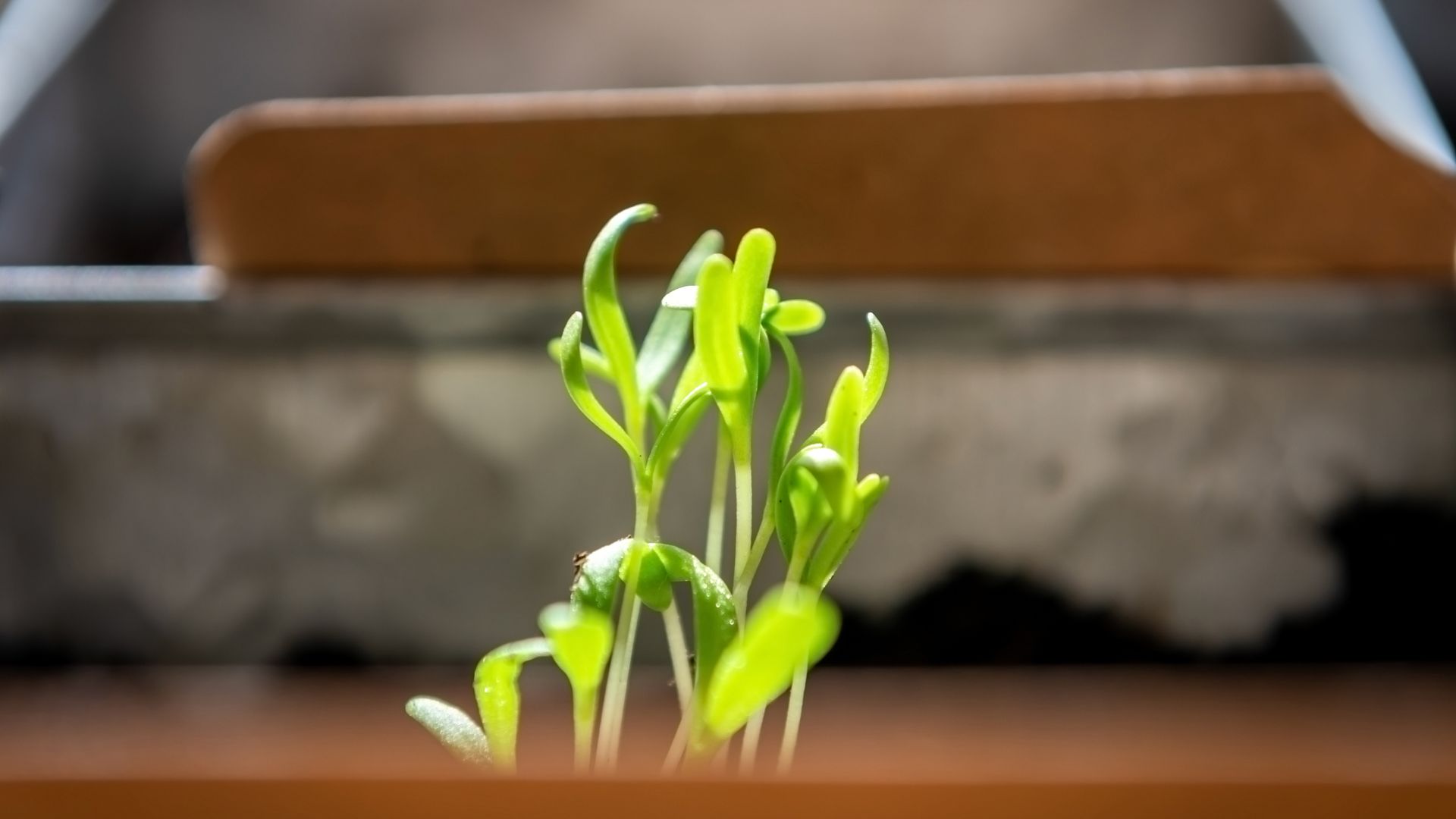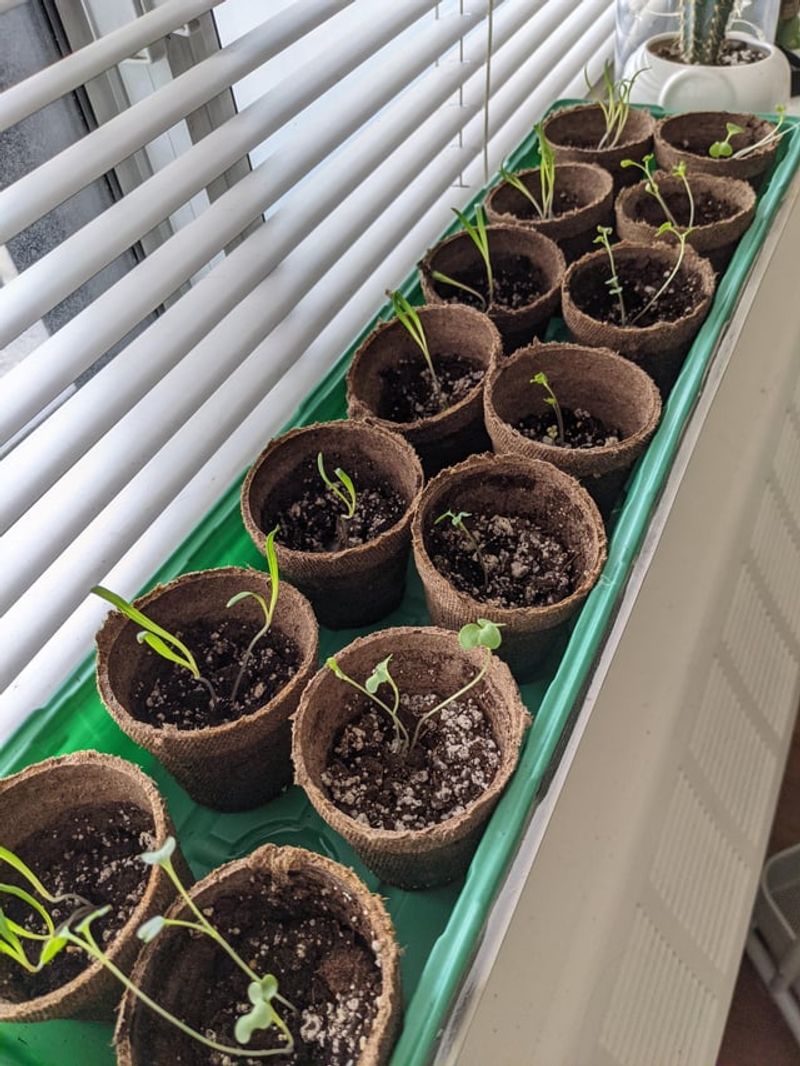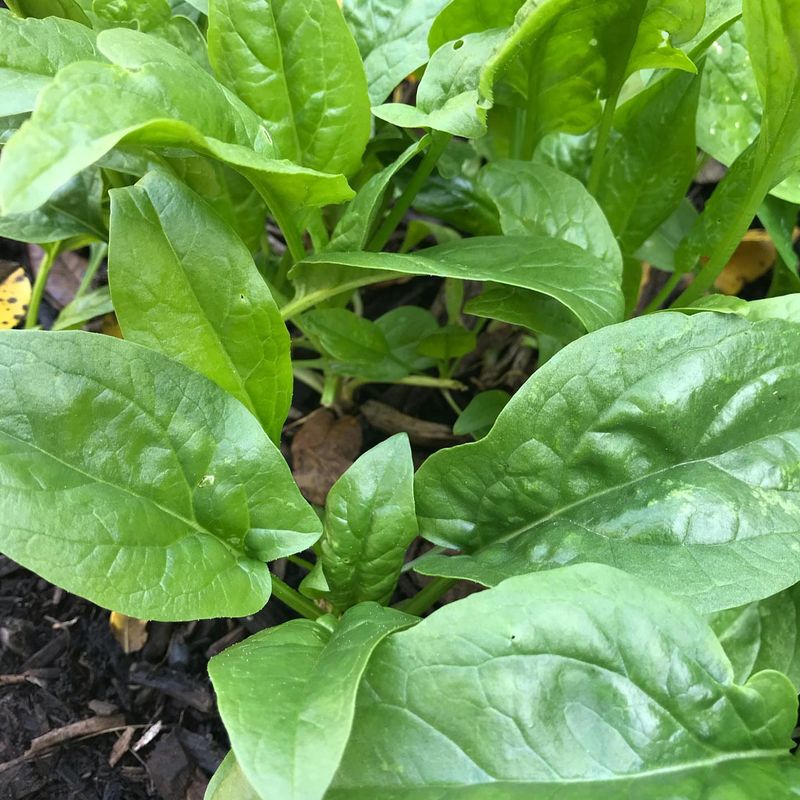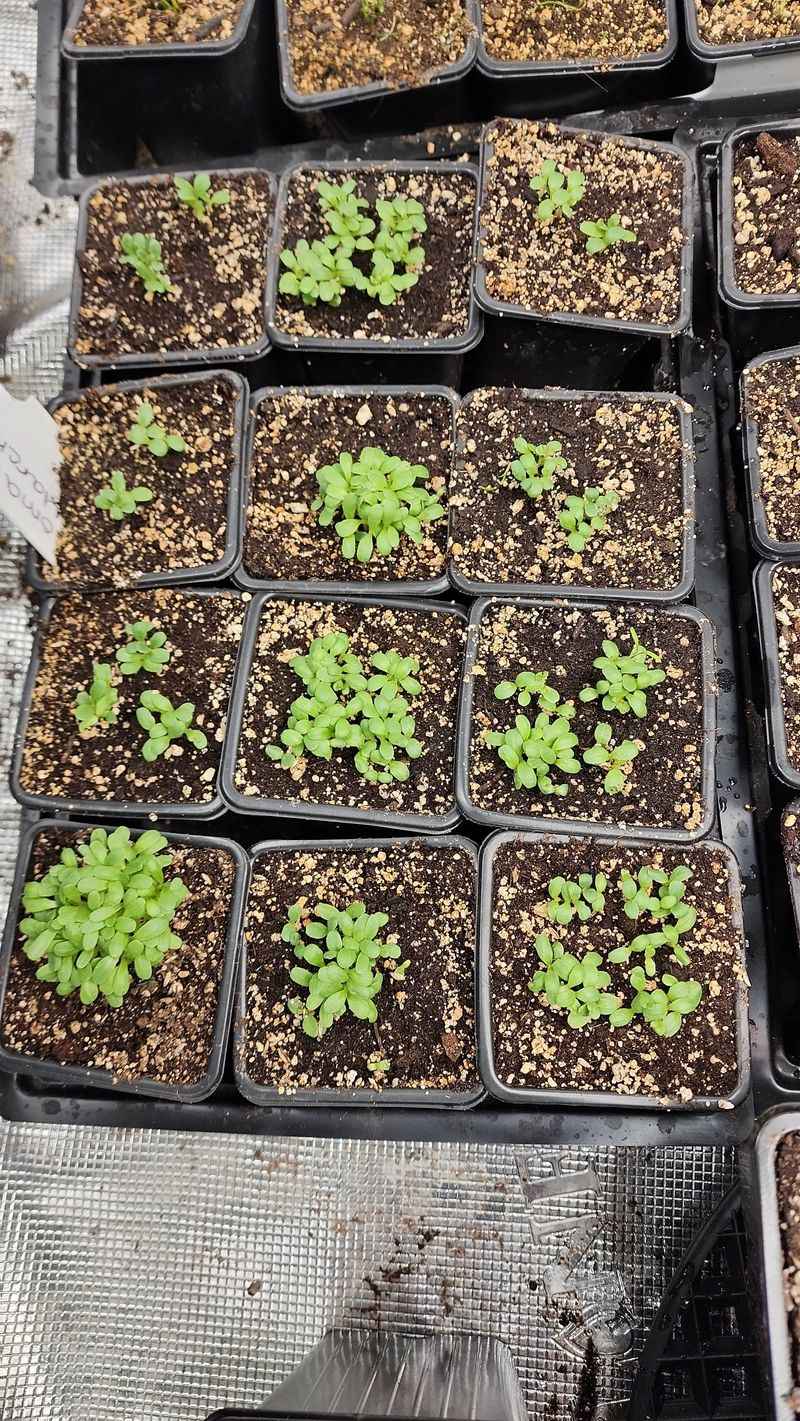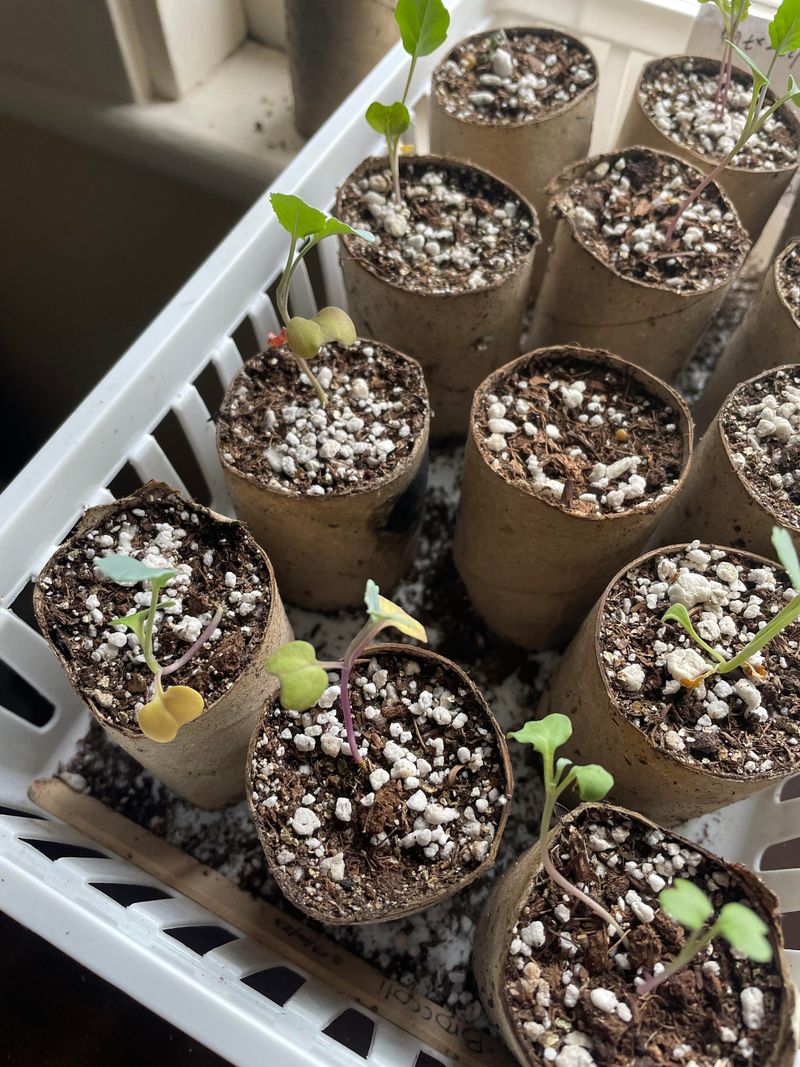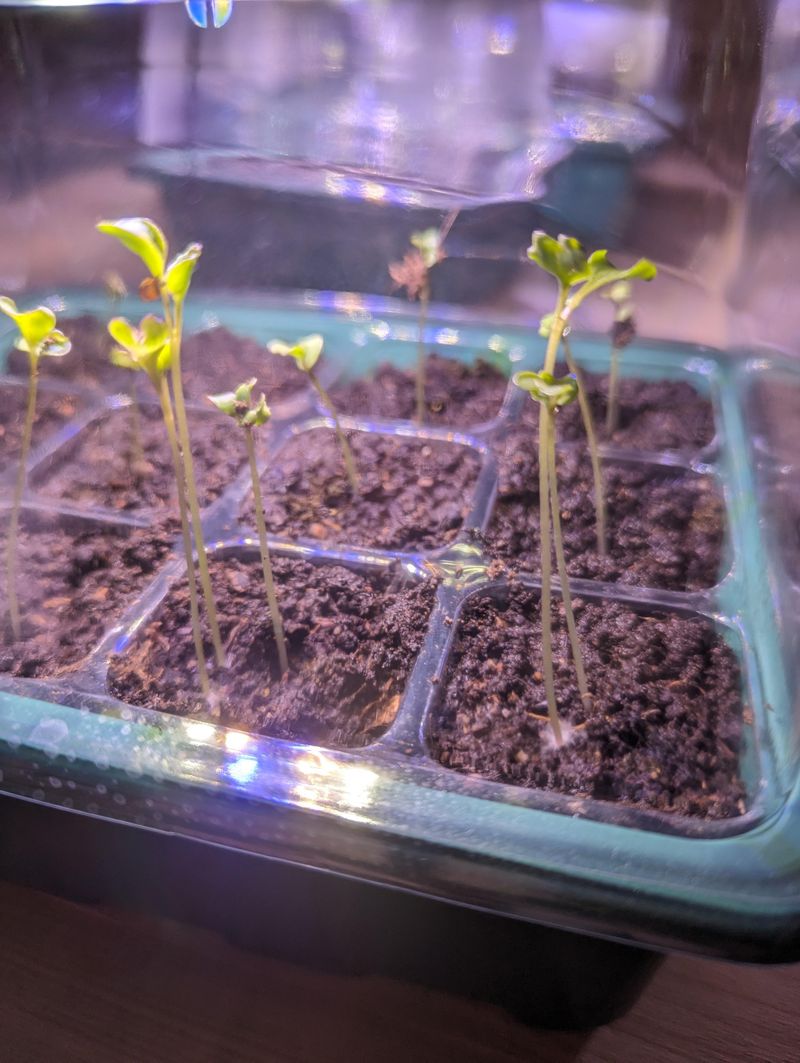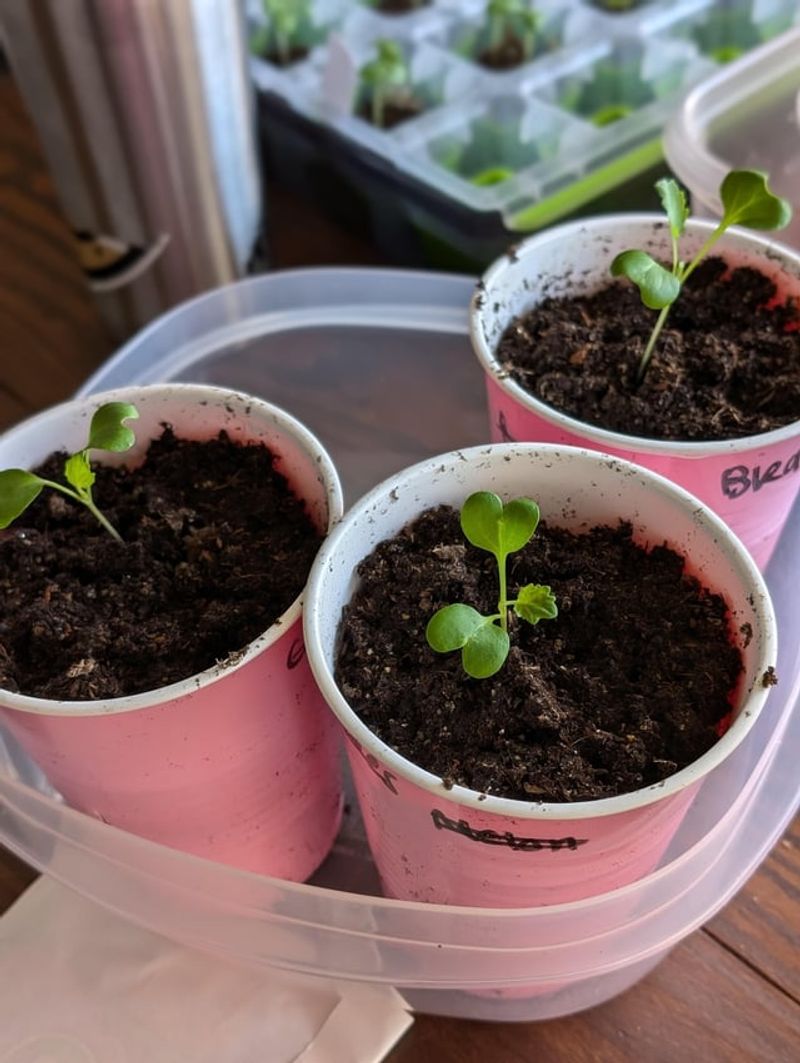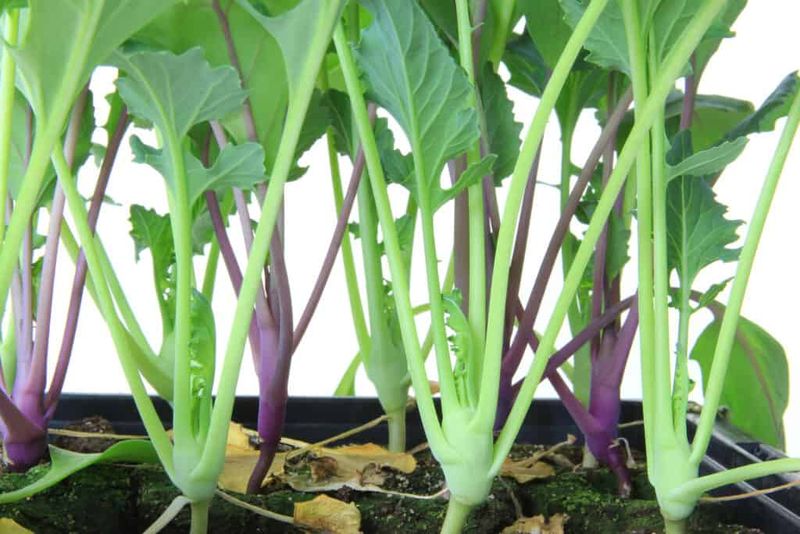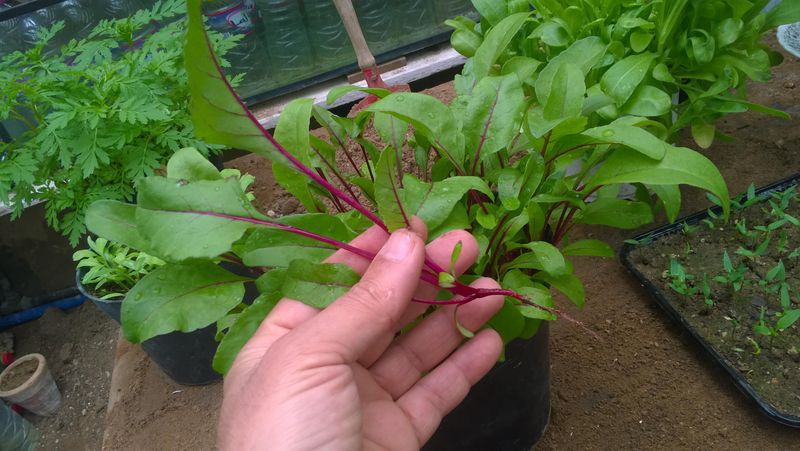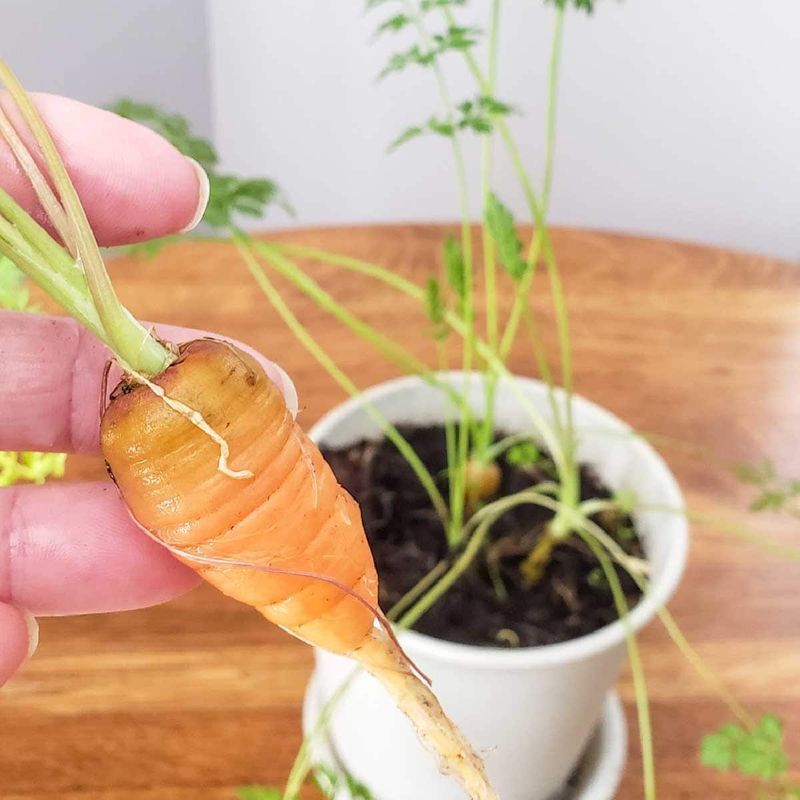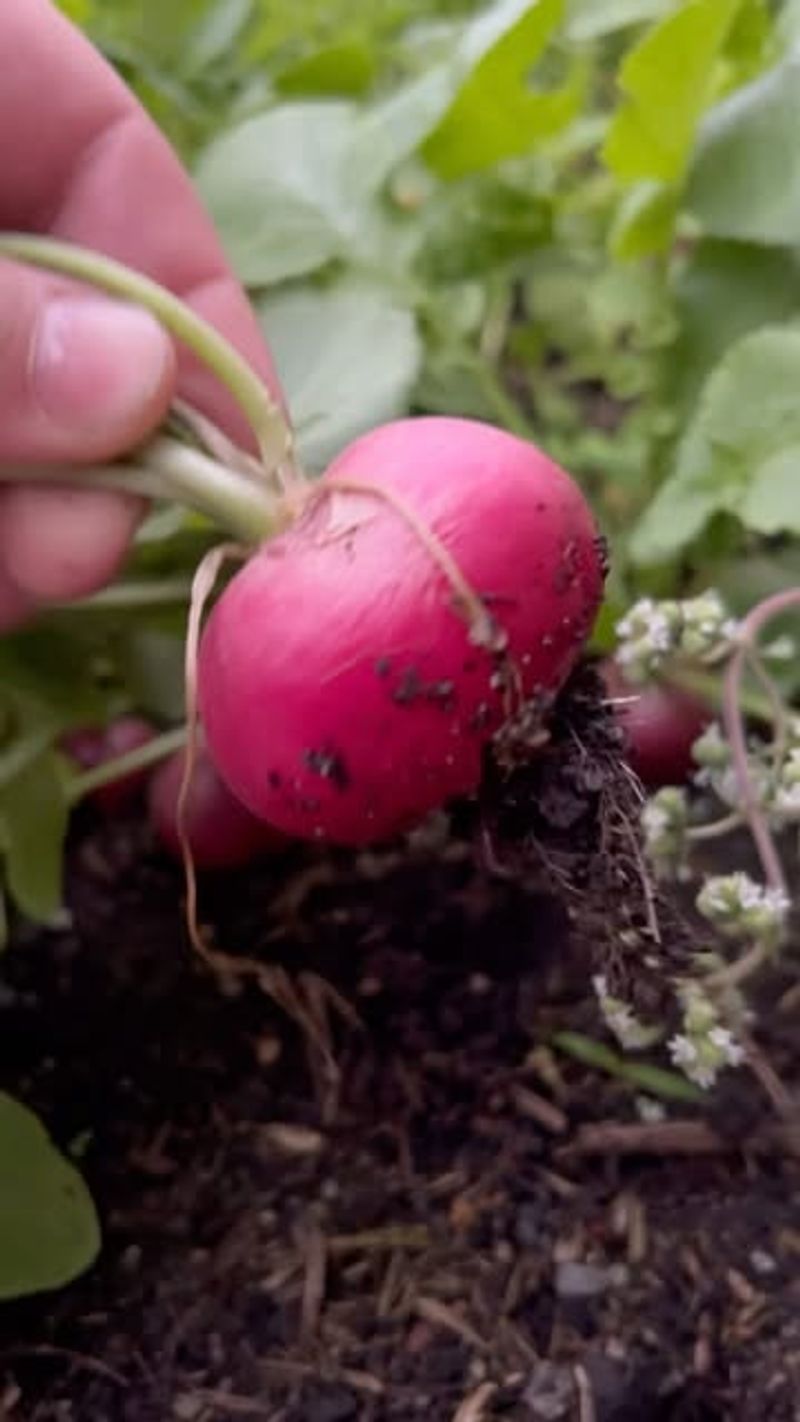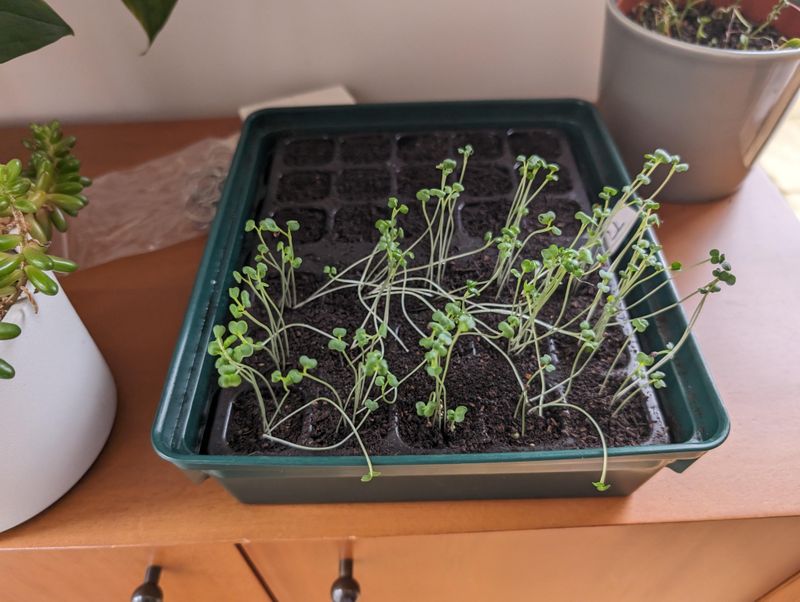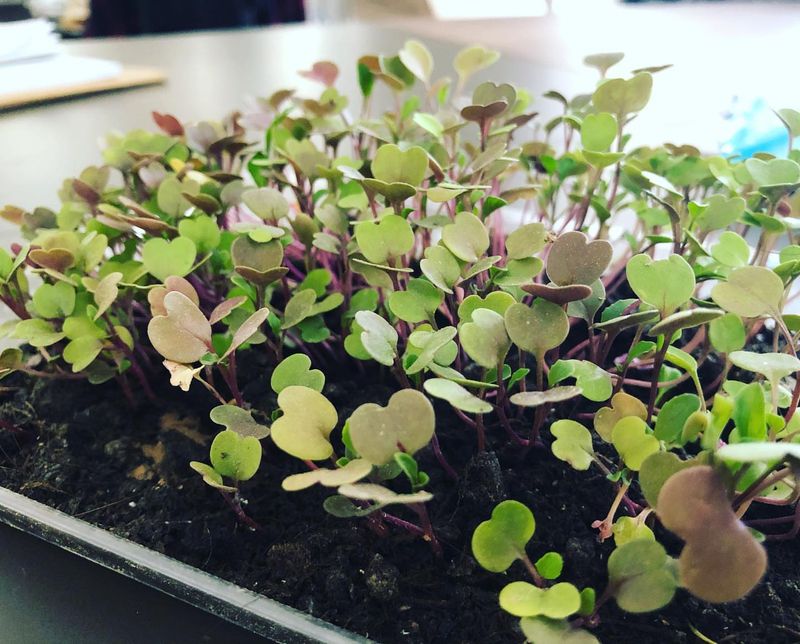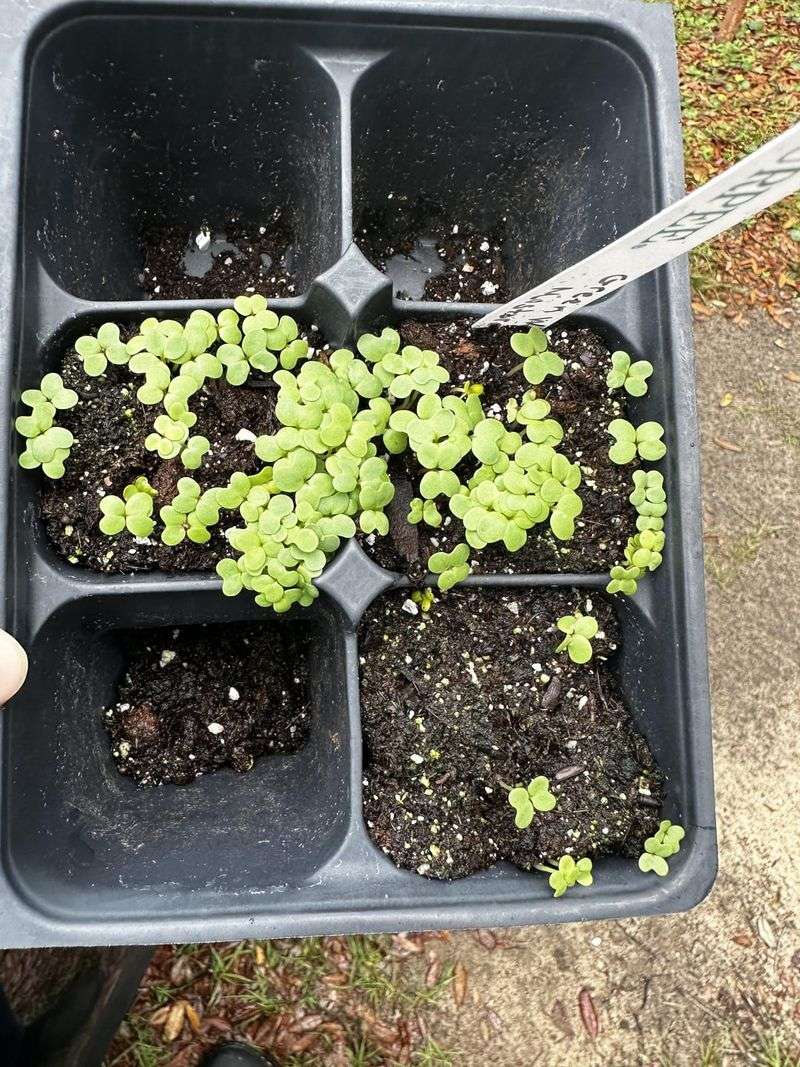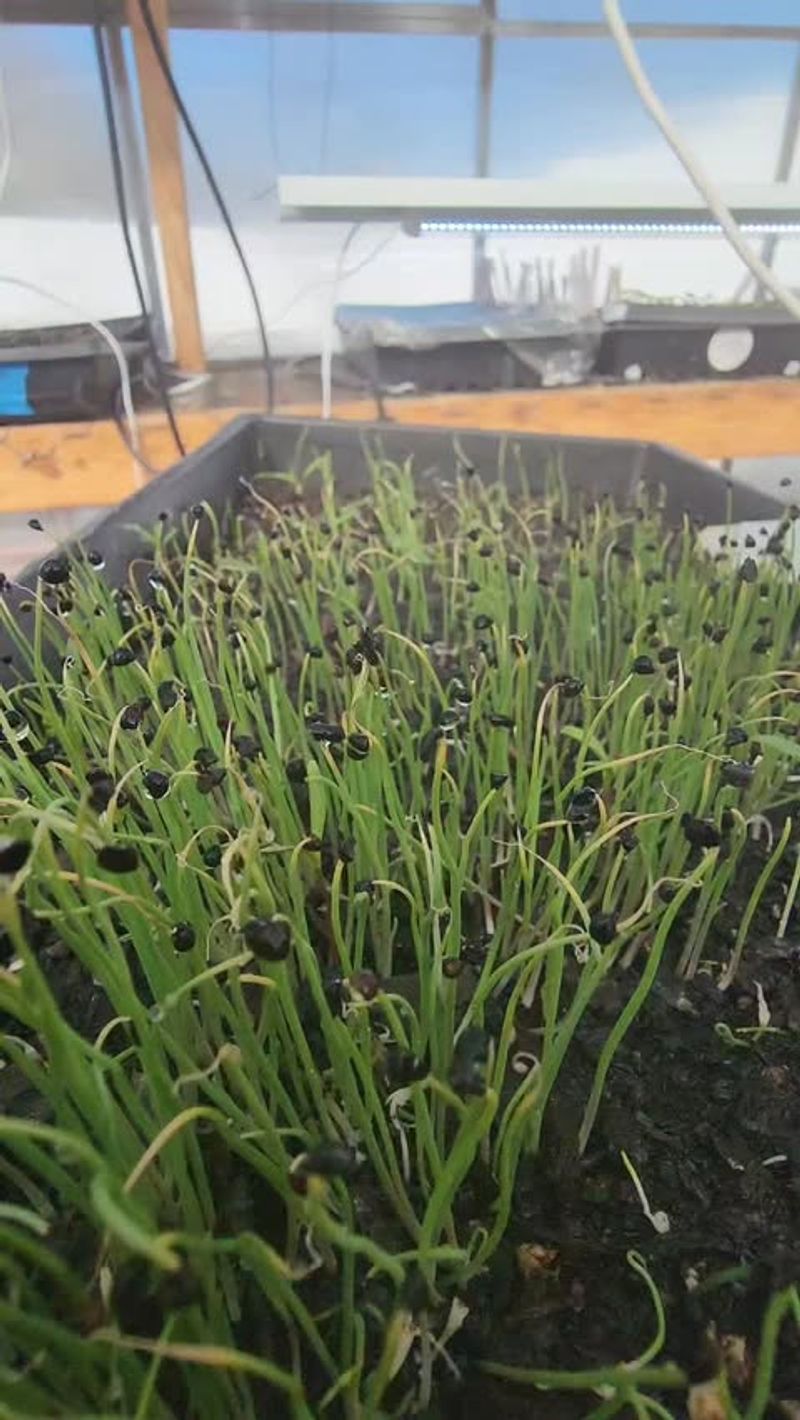Summer might be in full swing in Indiana, but savvy gardeners are already thinking ahead. Starting fall veggies indoors now sets the stage for a smooth transition once cooler weather hits.
With first frost landing around mid-October, early indoor sowing gives your seedlings time to thrive. By the time they’re ready to move outside, the conditions will be just right.
While others wind down their gardens, you’ll be harvesting fresh produce well into autumn. A little prep now means a longer, more delicious growing season later.
1. Kale
Starting kale indoors gives these leafy powerhouses a head start before transplanting. The controlled environment helps young seedlings develop strong root systems while you’re still battling August heat outdoors.
In Indiana’s climate, kale actually gets sweeter after light frosts hit. I’ve had plants produce well into November when started properly indoors first.
Aim to get seeds going about 6-8 weeks before your area’s first expected frost date, which means late July to early August is perfect timing for most Indiana gardens.
2. Spinach
Indoor spinach starters bypass the germination problems that summer heat causes. The seeds simply won’t sprout well when soil temperatures are too high, making indoor starts essential for fall harvests.
My northern Indiana garden benefits from spinach starts that have already developed their first true leaves before heading outdoors. The established plants handle temperature fluctuations much better.
Plan for about 5-6 weeks of indoor growing time, then transplant when outdoor temperatures begin moderating in September.
3. Lettuce
Summer-sown lettuce seeds struggle to germinate in hot soil, but indoor starts solve this problem perfectly. Under controlled conditions, you’ll see tiny sprouts within days.
For continuous harvests throughout fall, I stagger my indoor lettuce plantings every two weeks. This approach has kept my family in fresh salads from September through early December.
Choose bolt-resistant varieties like ‘Winter Density’ or ‘Rouge d’Hiver’ that handle Indiana’s unpredictable fall temperature swings without turning bitter.
4. Broccoli
Indoor broccoli starts need about 8 weeks of growing time before transplanting into the garden. The seedlings develop stronger stems than direct-sown plants, helping them withstand early fall winds.
Last year’s fall crop, started indoors in early August, produced beautiful heads by late October. The cooler temperatures resulted in sweeter flavor than my spring plantings.
Use a good seed starting mix and provide plenty of light to prevent leggy seedlings. Once they have 4-5 true leaves, they’re ready for hardening off before planting outside.
5. Cauliflower
Starting cauliflower indoors gives these sometimes-finicky plants the controlled environment they need during their vulnerable early stages. The steady temperatures help prevent stunting that can occur with direct sowing.
For central Indiana gardens, begin seeds in early August for transplanting in September. The timing allows heads to develop during cooling fall temperatures.
Growing my cauliflower this way last year resulted in beautiful white heads without the yellowing I’d experienced in previous seasons when I tried direct sowing.
6. Cabbage
Cabbage seedlings started indoors develop stronger root systems than those direct-sown in late summer heat. The controlled environment gives them an 8-week head start before fall planting time.
Around Indianapolis, I’ve found that starting cabbage in late July yields perfect heads by October. The flavor is notably sweeter when grown in fall’s cooling temperatures.
Use a fan on seedlings to simulate outdoor conditions and develop stronger stems. This simple trick has helped my cabbage seedlings avoid the damping-off problems that plagued my early attempts.
7. Collard Greens
Collards started indoors now will provide nutritious greens well into Indiana’s winter months. Their cold tolerance is remarkable, especially when plants are well-established before the first frost.
My southern Indiana garden produced collards until January last year after an early August indoor start. The plants had enough time to develop good size before cold weather set in.
Give seedlings 6-7 weeks indoors before transplanting. Once established outside, they’ll handle temperature dips that would kill more tender greens.
8. Kohlrabi
Starting kohlrabi indoors helps these odd-looking vegetables develop without the stress of fluctuating outdoor temperatures. Their alien-like appearance belies their delicious, crisp texture.
In my experience with Indiana’s climate, kohlrabi started indoors in early August produces perfect bulbs by mid-October. The cool fall temperatures enhance their sweetness.
Allow about 6 weeks of indoor growing time before transplanting. The seedlings should have several true leaves and strong stems before moving outdoors.
9. Beets
Indoor beet starts bypass the germination issues that can happen in hot summer soil. The seeds appreciate the consistent moisture levels that indoor starting provides.
For my Bloomington garden, starting beets in early August means perfect roots by October. The greens are also delicious and ready for harvest even sooner.
Use deeper containers since beets form a taproot. I’ve had success with biodegradable pots that can be planted directly without disturbing the developing root system.
10. Swiss Chard
Starting Swiss chard indoors now means you’ll have established plants ready to thrive as temperatures cool. The seedlings develop stronger stems that support the large leaves better than direct-sown plants.
My experience in northern Indiana shows that chard started in early August produces harvests from September through November. The plants withstand light frosts remarkably well.
Rainbow varieties add beautiful color to the fall garden. I’ve found ‘Bright Lights’ performs exceptionally well when started indoors for fall harvests in our Indiana climate.
11. Carrots
Starting carrots in deeper containers indoors helps overcome the germination challenges of hot, dry August soil. The controlled environment keeps the tiny seeds consistently moist until sprouting.
For fall harvests in Indiana, I’ve had success with shorter varieties like ‘Paris Market’ that develop quickly. Their round shape makes them perfect for container growing.
Transplant carefully after 4-5 weeks indoors, being mindful of the delicate taproot. Despite conventional wisdom against transplanting carrots, I’ve had great success with this method for fall crops.
12. Radishes
Quick-growing radishes benefit from indoor starting when summer soil temperatures are too high for good germination. The controlled environment gives them a perfect start.
Fall radishes grown from indoor starts tend to be less spicy and more crisp than spring-grown ones. I’ve found this especially true with varieties like ‘Cherry Belle’ in my central Indiana garden.
Allow just 3-4 weeks indoors before transplanting. These speedy growers will be ready to harvest within a month after moving them to the garden.
13. Turnips
Indoor turnip starts develop stronger seedlings that transition better to garden conditions than direct-sown seeds. Their quick growth makes them perfect for Indiana’s fall season.
When I started ‘Tokyo Cross’ turnips indoors last August, we enjoyed tender roots by early October. The greens were ready even sooner and made delicious additions to our meals.
Give seedlings about 4 weeks indoors before transplanting. Choose smaller varieties for the fastest harvest in Indiana’s relatively short fall growing window.
14. Pak Choi
Indoor starts help pak choi avoid the bolting issues that plague direct-sown plants in late summer heat. The controlled environment keeps them growing steadily without stress.
My family enjoys harvesting these Asian greens from September through November when started indoors in early August. The baby leaves are perfect for stir-fries and salads.
Give seedlings about 4-5 weeks indoors before transplanting. Their shallow roots make them easy to move to the garden without much transplant shock.
15. Arugula
Starting arugula indoors now means avoiding the germination problems that summer heat causes. The seeds sprout quickly in the controlled indoor environment.
In my Indianapolis garden, indoor-started arugula transplanted in early September provides spicy greens through November. The cooler temperatures actually improve the flavor, making it less bitter.
Stagger your indoor sowings every two weeks for continuous harvests. The seedlings need just 3-4 weeks indoors before they’re ready for the garden.
16. Mustard Greens
Starting mustard greens indoors gives these spicy leaves a jumpstart on the fall growing season. The seedlings develop stronger stems that support the large leaves better than direct-sown plants.
For southern Indiana gardens, indoor starts in early August mean harvests from September through the first hard freeze. The flavor actually improves after light frosts.
Red varieties like ‘Ruby Streaks’ add beautiful color to both the garden and the dinner plate. I’ve found they perform exceptionally well as fall crops in our Indiana climate.
17. Scallions
Starting scallions indoors provides these slow-growing alliums the extra time they need to develop before cold weather arrives. The seedlings form stronger roots than direct-sown plants.
My experience in northern Indiana shows that scallions started in late July provide harvests from October through early December. Their cold tolerance is impressive once established.
Plant several seeds per cell or small pot, as they don’t mind growing in clumps. This technique maximizes your indoor growing space while ensuring plenty for fall harvests.

